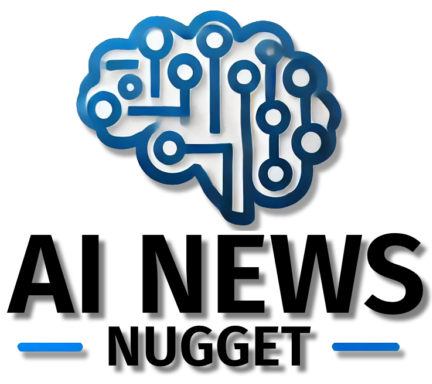The Return of the Jedi
In a move that might make you question the nature of career paths in tech, Noam Shazeer, the brain behind Character.AI, has decided to head back to Google. Yep, the same Google he left in 2021 to start the chatbot venture that made waves with its conversational AI tools. The prodigal AI wizard returns, bringing along co-founder Daniel De Freitas and a few other team members. It’s like watching your favorite sitcom character come back after an extended hiatus, but with fewer laugh tracks and more algorithms.
Why the Shift?
So, why would Shazeer and his crew return to the mothership? It’s not just a reunion episode for nostalgia’s sake. Google DeepMind, the research arm that’s basically the Jedi Council of AI, will now have Shazeer on board. While specifics about his role remain as mysterious as a locked loot box, it’s clear that Google sees this as a power move to bolster their machine learning prowess.
The Deal that Makes It Real
Google and Character.AI are signing a non-exclusive agreement that essentially lets Google play with Character.AI’s tech while injecting funds into the startup. This deal is like giving Character.AI a golden parachute without pushing them out of the plane. Shazeer is pumped about this, stating he’s excited to rejoin Google and confident that Character.AI will continue to thrive.
What About Character.AI?
Character.AI isn’t fading into the background. With Dominic Perella stepping in as interim CEO and most of the team staying put, the startup is poised to keep growing. The non-exclusive agreement with Google means Character.AI will have the resources to focus on creating personalized AI products without being tethered to just one behemoth.
Regulatory Roadblocks?
However, it’s not all sunshine and rainbows. Regulatory bodies like the FTC and the EU’s competition watchdogs are likely to give this move the side-eye. They’ve already shown interest in scrutinizing similar deals, such as Microsoft’s cozy relationship with key hires from Inflection AI. Expect a deep dive from these regulators, who are probably drafting their subpoenas as we speak.
The OpenAI Exodus: Schulman and Brockman
The AI world isn’t just buzzing with Shazeer’s return to Google. John Schulman, one of the masterminds behind OpenAI’s ChatGPT, is making headlines too. After nearly nine years at OpenAI, Schulman is jumping ship to Anthropic, a rival focusing heavily on AI safety. This move follows the recent departure of Jan Leike, OpenAI’s former AI super-alignment security lead, who also joined Anthropic. It seems like the AI safety enthusiasts are flocking to Anthropic faster than millennials to avocado toast.
Schulman, known for his critical role in post-training ChatGPT, announced his exit on X (formerly Twitter), stating that he’s eager for new perspectives and passionate colleagues at Anthropic. He assured everyone that his departure isn’t due to a lack of support for AI alignment research at OpenAI, but rather a desire to dive deeper into his interests.
And as if Schulman’s exit wasn’t enough, OpenAI co-founder Greg Brockman is also shaking things up. Brockman announced he’s going on a sabbatical until the end of the year. This news follows a brief departure last November when Sam Altman was temporarily ousted. OpenAI seems to be having a bit of a leadership rollercoaster ride, with Schulman and Brockman’s exits coming at a time when the company faces mounting criticism over its safety culture, business model, and ties with Microsoft.
The Big Picture
This flurry of moves is a testament to how dynamic and intertwined the tech world has become. Shazeer’s return to Google could accelerate advancements in AI, particularly in personalized AI models and applications. Schulman’s switch to Anthropic highlights the increasing focus on AI safety, while Brockman’s sabbatical raises questions about OpenAI’s leadership stability. Yet, it also underscores the growing scrutiny over tech giants’ practices and the ever-watchful eyes of regulators. As the landscape continues to evolve, one thing is certain: the saga of AI innovation is far from over.
